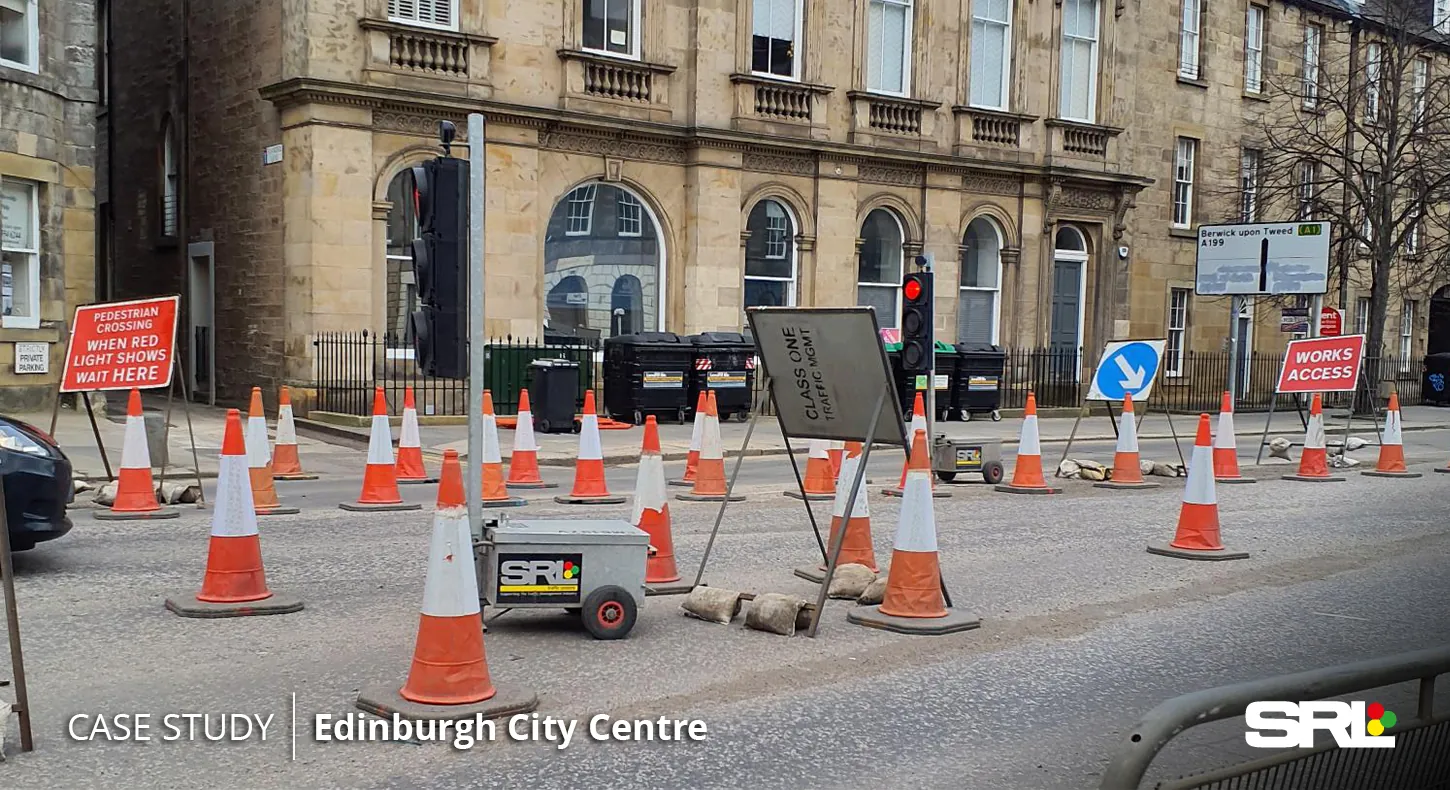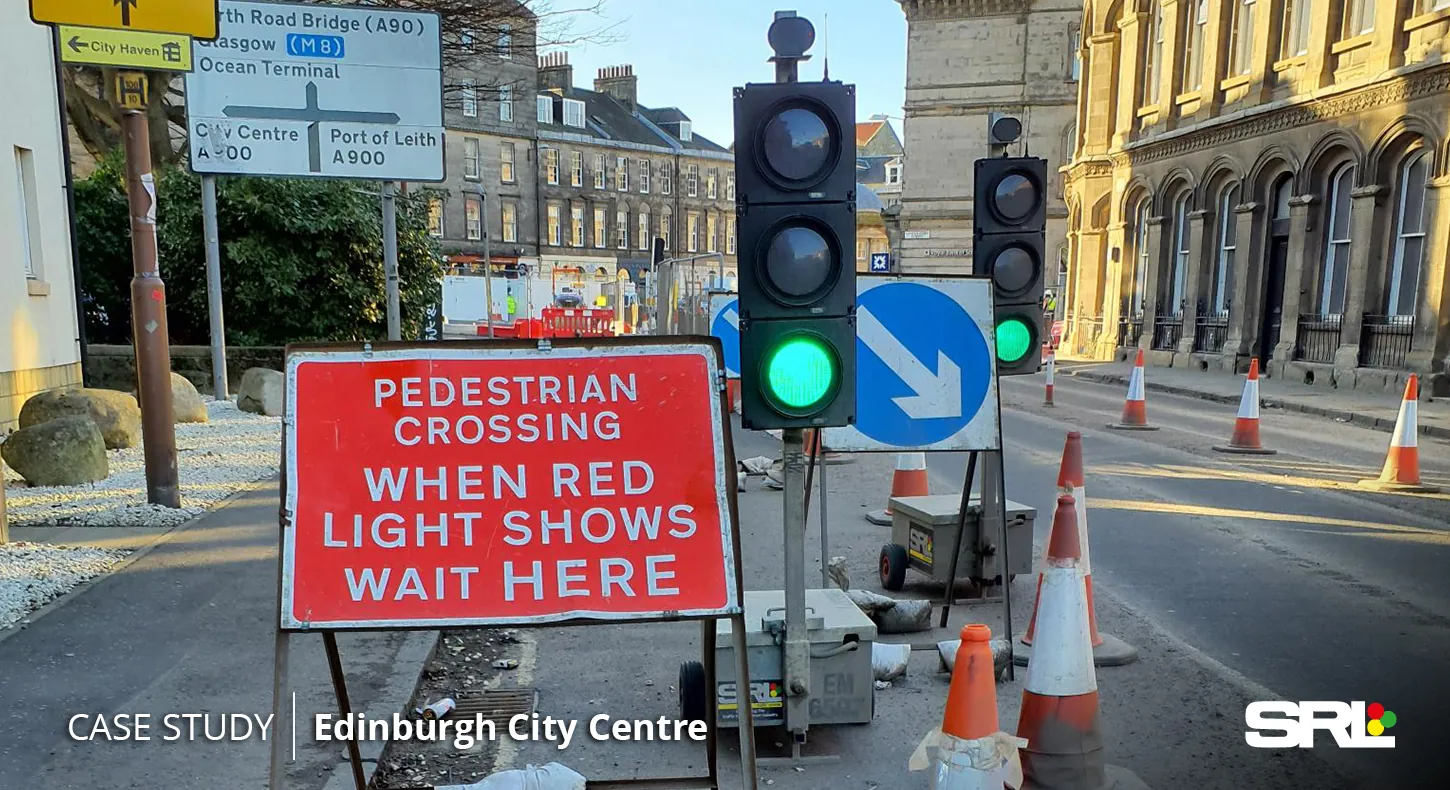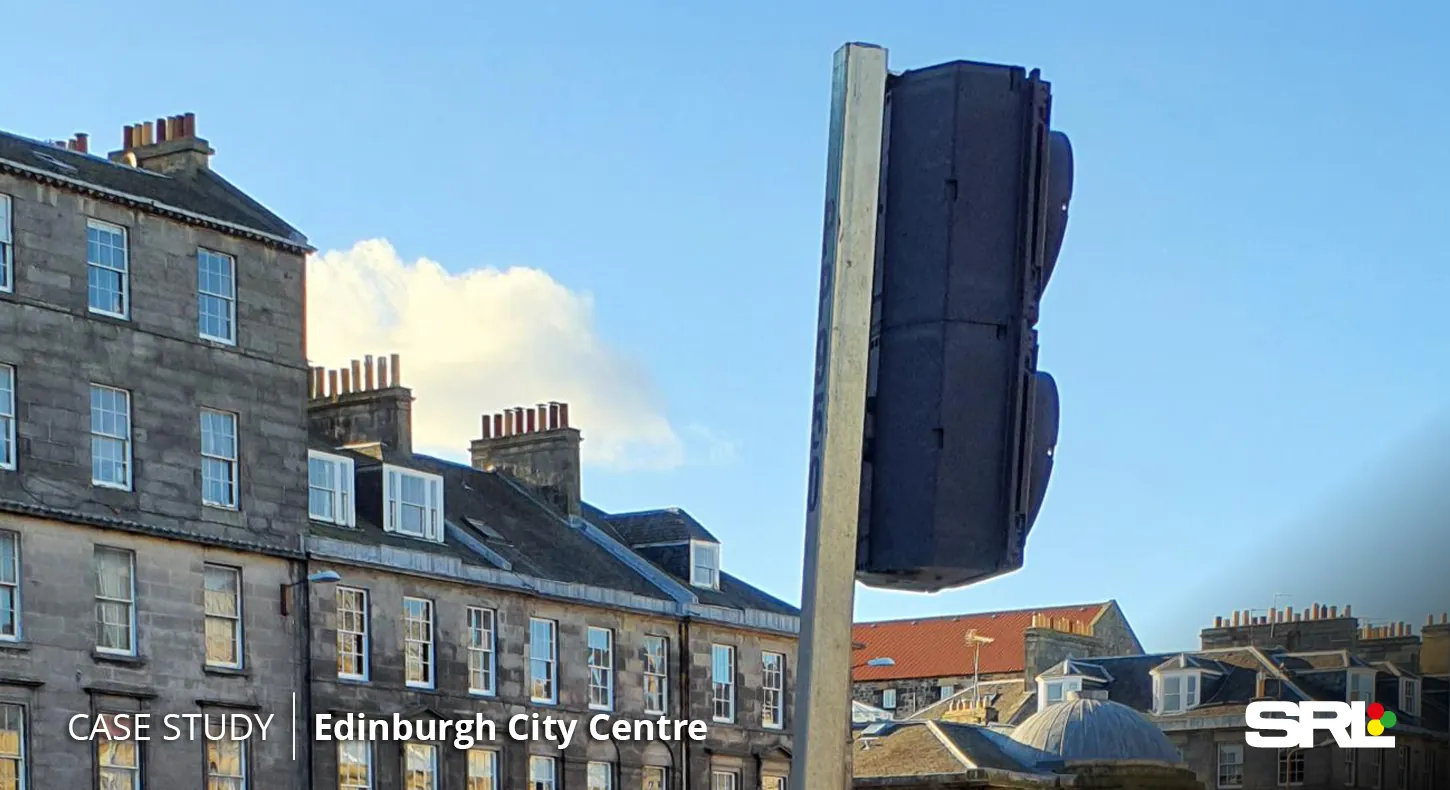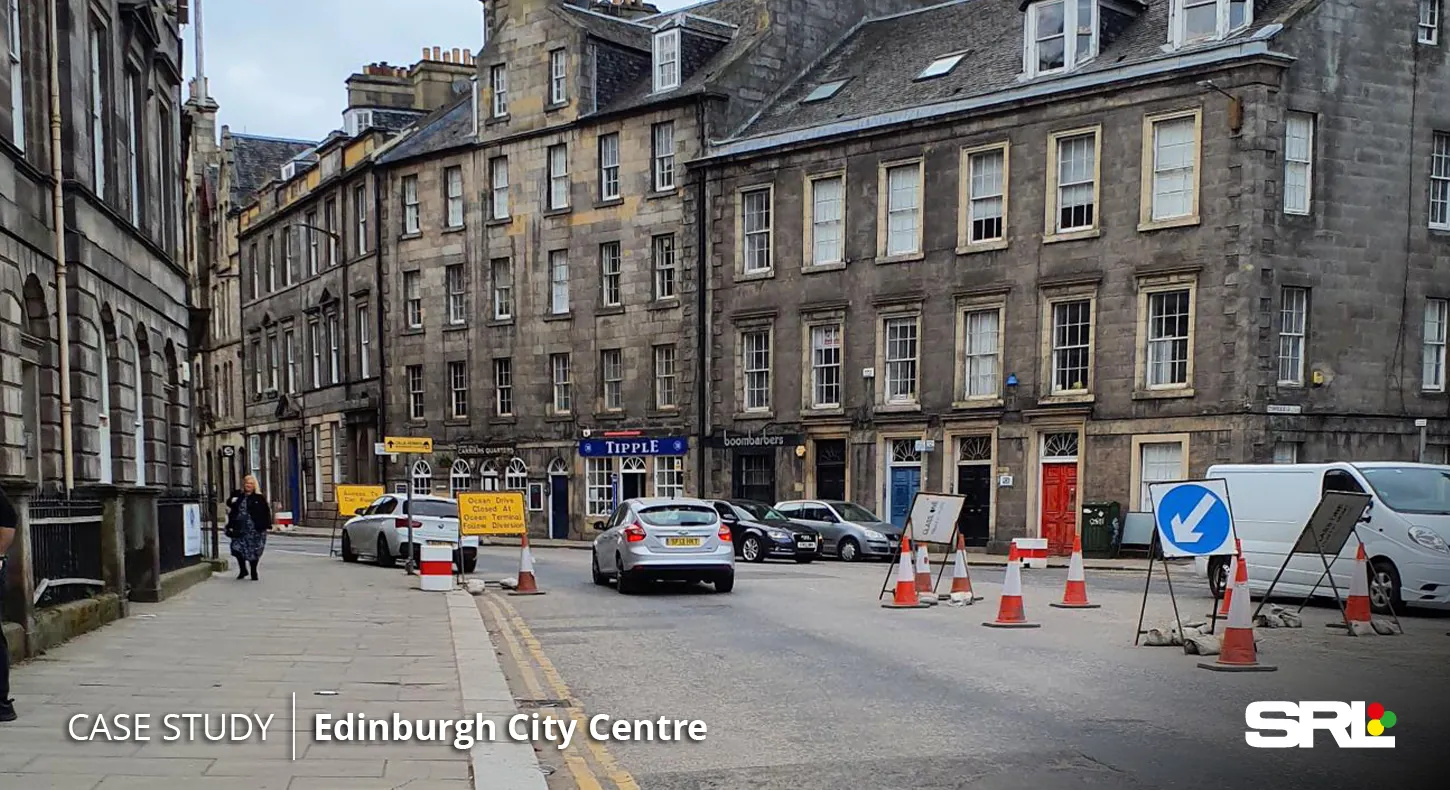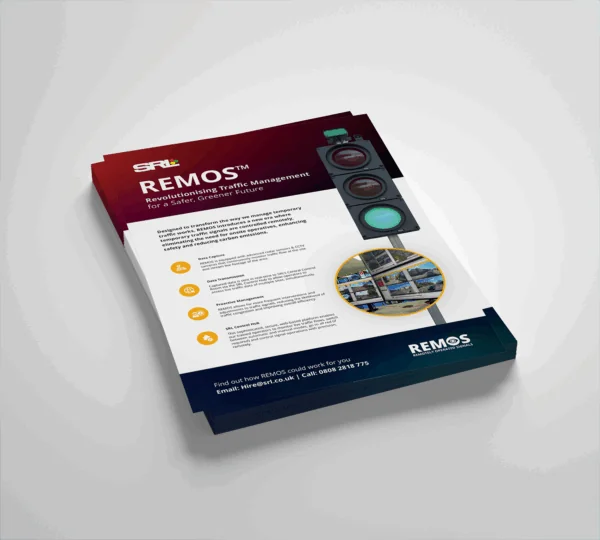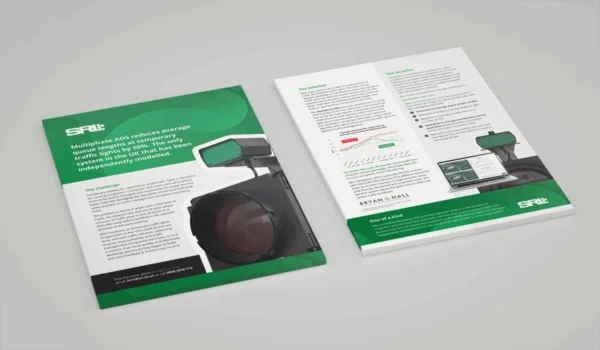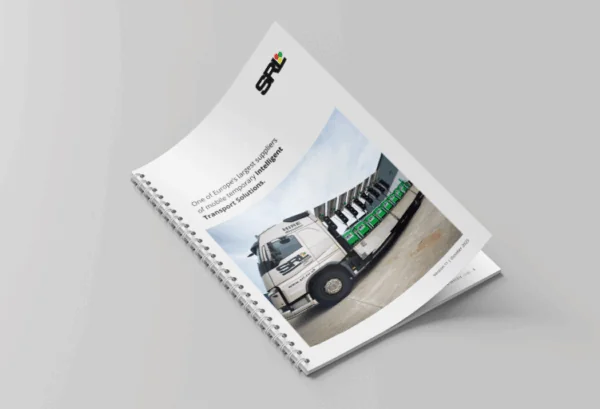
Overview
A landmark project to build a new tramline to link Edinburgh airport with the city began back in 2008. Phase one of the project to construct an 8.7-mile line between the airport and York Place was completed in 2014 at a cost of £776 million. With a journey time of around 40 minutes from the city centre to the airport, the line provides 16 stops for travellers.
The Challenge
The second phase of the scheme to connect York Place with the ports of Leith and Newhaven commenced in November 2019. The new 2.91-mile track will provide eight stops and is scheduled to be completed around Spring 2023 at a cost of £207 million.
With extensive and lengthy roadworks due to take place in the busy city centre during construction of the new tramline, it was essential to minimise congestion and reduce the likelihood of collisions and accidents on the roads.
The City of Edinburgh Council appointed Class One Traffic Management – Scotland’s leading provider of traffic management services – to integrate an effective temporary traffic solution that would reduce disruption, improve safety and give city centre drivers a better journey experience.
The challenge for Class One was how to incorporate a large and complex temporary traffic signal scheme into the council’s permanent UTMC (Urban Traffic Management and Control) controlled network to minimise the traffic impact of the works.
With the works located on the prominent junction of Baltic Street and Constitution Street, which if congested, impacts severely on a nearby major arterial route in the city – the ‘Foot of the Walk’ junction – it was vital that the scheme could seamlessly adapt traffic timings to react to any building congestion.
The Solution
As well as utilising a permanent UTMC system, the City of Edinburgh Council uses other technologies, including the SCOOT (Split Cycle Offset Optimisation) real time adaptive traffic signal control. Together, these help to ease traffic flows through the urban network, efficiently managing traffic during peak rush hour periods in the morning and evening when commuters are typically travelling westbound to work and eastbound on the way home.
Having reviewed many options for the scheme, Class One specified STL Traffic Systems’ UTMC, which has been designed specifically to allow local authorities to coordinate temporary and permanent traffic signals and cater for tidal flows during peak AM and PM periods.
Compatible with all UG405 in-stations, SRL’s UTMC solution is configured within the City of Edinburgh Council’s permanent UTMC system. It works by connecting the SRL UTMC controller with a Chameleon OTU (Outstation Transmission Unit) via 4G (although connectivity is also possible via 3G and ADSL fixed line) to replicate the method of control and monitoring of the council’s permanent signals.
The SRL UTMC system is particularly useful if works are likely to run for a prolonged period, which will cause disruption for several days, and it also eliminates the need for an operative to be on site to control the lights.
When a command is received from the council’s UTMC system via the Chameleon OTU, the SRL UTMC controller then services those commands by communicating with all the temporary signals on the junction – effectively synchronising with the permanent signals so traffic flows smoothly.
SRL’s UTMC is flexible and can adapt to changing layouts as the scheme develops. This particular junction has had more than 10 layout updates since 2019, most recently reconfiguring from controlling eight SRL temporary signals (two double headed two-way traffic lights and two pedestrian crossing points) to 12 signals (three double headed three-way traffic lights and three pedestrian crossing points).
“This high-profile project has been challenging, and it was essential for us to improve the capacity of the busy city centre junction and improve journey times for motorists. I’ve worked with SRL for 12 years now and they have always been very responsive to our needs, so we had no hesitation in using them on this project. SRL’s UTMC system was ideal for this scheme and it has synchronised perfectly with the council’s permanent UTMC to significantly minimise the impact of roadworks during a lengthy project.”
Simon Phillips Traffic Management EngineerThe Result
The Highways Agency approved SRL UTMC system has helped to successfully maintain traffic flows on one of the city’s busiest junctions and kept traffic moving as efficiently as possible at all times of the day. As well as causing less disruption for motorists, it has contributed to the safety of drivers, cyclists and pedestrians.
By co-ordinating with the permanent system and optimising stage lengths and cycle times in response to tidal flows or building traffic, it has helped to reduce the impact of the signals during the tramline construction phase. Furthermore,
the ability of the system to adapt to changing layouts, means that it can comfortably accommodate extra temporary signals as and when required.
Providing the City of Edinburgh Council with greater autonomy over the temporary traffic control systems in the
vicinity, it is easier for the control room team to manage than a standard set of temporary signals. They are also able to see
in real time via CCTV if traffic is standing and can then immediately respond by managing the traffic patterns in the
central UTMC system.
With less stationary traffic around roadworks and impacting on other routes in the city, the system is also helping to
provide better air quality in Edinburgh during the scheme. And, because the SRL UTMC does not require an operative to
manually control the lights 24/7, it helps to deliver significant cost savings too.
THE SRL UTMC Difference
- Designed specifically for local authorities
- Synchronises with permanent UTMC system for greater
- Control over temporary traffic systems
- Maintains traffic flows in urban networks
- Less disruption for motorists
- Contributes to road safety
- Optimises stage lengths and cycle times
- Highly adaptable to changing layouts
- Contributes to better urban air quality
- No manual control required, delivering cost savings
- Unrivalled UK coverage and dedicated 24/7 support
Products featured in this case study
View allSimple or complex, we have the solution.
Fill out our simple contact form and one of our specialists will be in touch to discuss how SRL can help:
- 24-hour service, 365 days a year
- Rapid response times – we’re on the frontline with you
- Robust, reliable products that are built to last
- A comprehensive product range with a solution for every occasion
